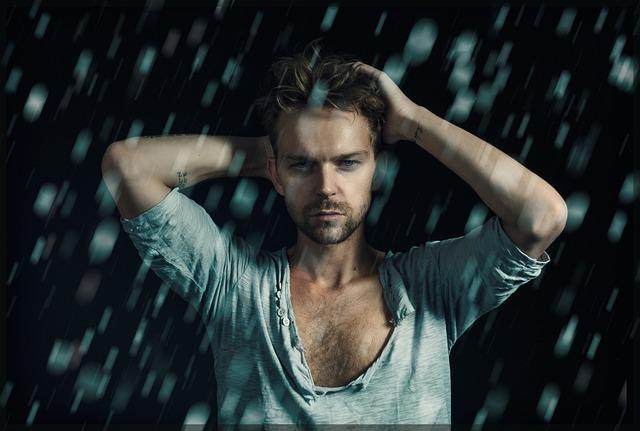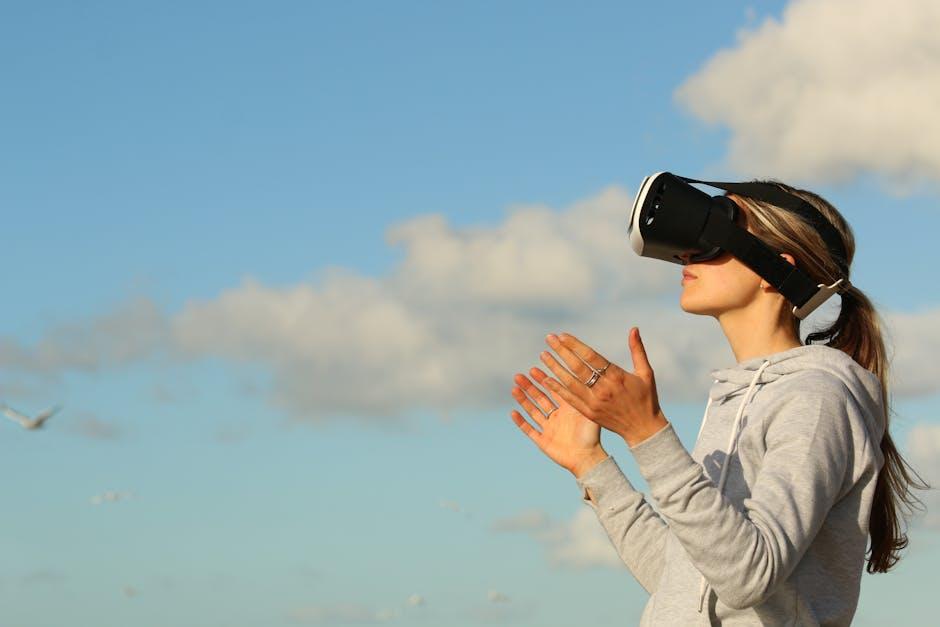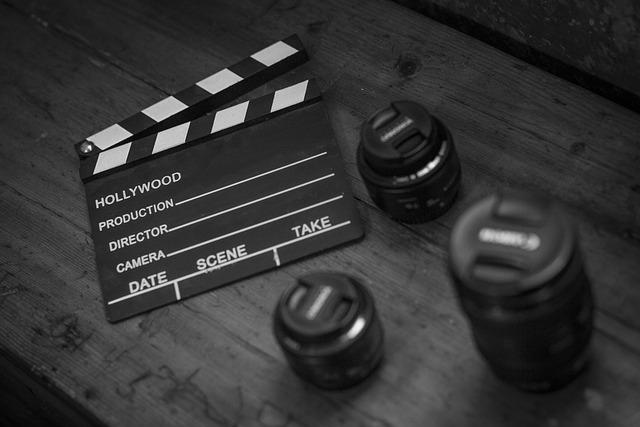In the ever-evolving tapestry of storytelling, filmmakers have long sought to push the boundaries of imagination and technology. From the silent reels of early cinema to the digital marvels of today, the medium has continually reinvented itself. Now, on the cusp of a new era, virtual reality (VR) emerges as a tantalizing frontier, promising to reshape the very essence of cinematic experience. But should VR be the next step in filmmaking’s evolution, or is it merely a fleeting spectacle? This article delves into the potential and pitfalls of VR in cinema, exploring whether it holds the key to the future of storytelling or remains an intriguing side quest in the grand narrative of film. Immersive Storytelling in Virtual Reality“>
Immersive Storytelling in Virtual Reality“>
Exploring Immersive Storytelling in Virtual Reality
In the realm of virtual reality, storytelling transcends traditional boundaries, offering audiences an unparalleled level of immersion. Unlike conventional filmmaking, VR places viewers directly in the heart of the narrative, allowing them to explore environments and interact with characters in ways previously unimaginable. This dynamic medium challenges filmmakers to rethink narrative structures, crafting stories that unfold in 360 degrees and engage multiple senses.
- Interactivity: Viewers can influence the story’s progression, creating personalized experiences.
- Empathy: Immersive environments foster a deeper emotional connection with characters and settings.
- Exploration: Freedom to navigate the narrative world at one’s own pace enhances engagement.
As technology advances, the potential for more sophisticated and compelling VR storytelling grows. This could redefine how stories are experienced, making virtual reality a powerful tool in the evolution of filmmaking.
The Technical Challenges and Innovations in VR Filmmaking
Virtual reality filmmaking presents a unique set of technical challenges that push the boundaries of traditional storytelling. Unlike conventional films, VR demands a fully immersive 360-degree experience, requiring filmmakers to rethink narrative structures and camera placements. Stitching multiple camera feeds to create a seamless environment is a complex process, often involving advanced software and meticulous attention to detail. Moreover, audio design plays a crucial role, as spatial audio must accurately reflect the viewer’s position to maintain immersion.
Despite these challenges, the world of VR filmmaking is ripe with innovations that continue to reshape the industry. Interactive storytelling allows audiences to influence the narrative, creating a personalized experience. Filmmakers are also experimenting with haptic feedback, which introduces physical sensations to complement the visual experience. These innovations not only enhance viewer engagement but also open up new possibilities for storytelling that were previously unimaginable.
 Audience Engagement: Transforming the Viewing Experience”>
Audience Engagement: Transforming the Viewing Experience”>
Audience Engagement: Transforming the Viewing Experience
Incorporating virtual reality (VR) into filmmaking has the potential to revolutionize how audiences interact with stories. Immersive environments allow viewers to step inside the narrative, becoming part of the world rather than passive observers. This shift could lead to deeper emotional connections and a more personalized experience, as each viewer navigates through the story at their own pace.
Key elements that enhance engagement through VR include:
- Interactivity: Audiences can influence the storyline, making choices that affect the outcome.
- 360-degree views: Providing a panoramic perspective that traditional cinema cannot offer.
- Enhanced sensory experiences: Utilizing sound and haptic feedback to create a fully immersive atmosphere.
These elements transform the viewing experience, turning it into an active participation event rather than a one-way presentation.

Strategic Steps for Filmmakers Entering the VR Realm
- Research and Understand VR Technology: Dive deep into the nuances of VR technology. Grasp the intricacies of 360-degree cameras, spatial audio, and VR headsets. Familiarize yourself with the leading platforms and software that support VR filmmaking. This foundational knowledge will empower you to make informed decisions throughout the production process.
- Craft Immersive Storytelling: Traditional storytelling techniques may not suffice in VR. Focus on creating immersive narratives that leverage the unique potential of virtual reality. Consider how the viewer’s perspective and interaction can enhance the story, making them an active participant rather than a passive observer.
- Collaborate with VR Experts: Partner with VR specialists who can provide insights and technical support. These experts can help navigate the complexities of VR production, ensuring that your creative vision is realized within the constraints and opportunities of the medium.
- Experiment and Iterate: Embrace a mindset of experimentation. VR is a relatively new frontier, and innovation often comes from trial and error. Test different approaches, gather feedback, and refine your techniques to discover what resonates most with audiences.
- Engage with the VR Community: Build connections with the growing community of VR filmmakers and enthusiasts. Participate in forums, attend VR film festivals, and share your work. This engagement can provide valuable feedback, inspiration, and opportunities for collaboration.

